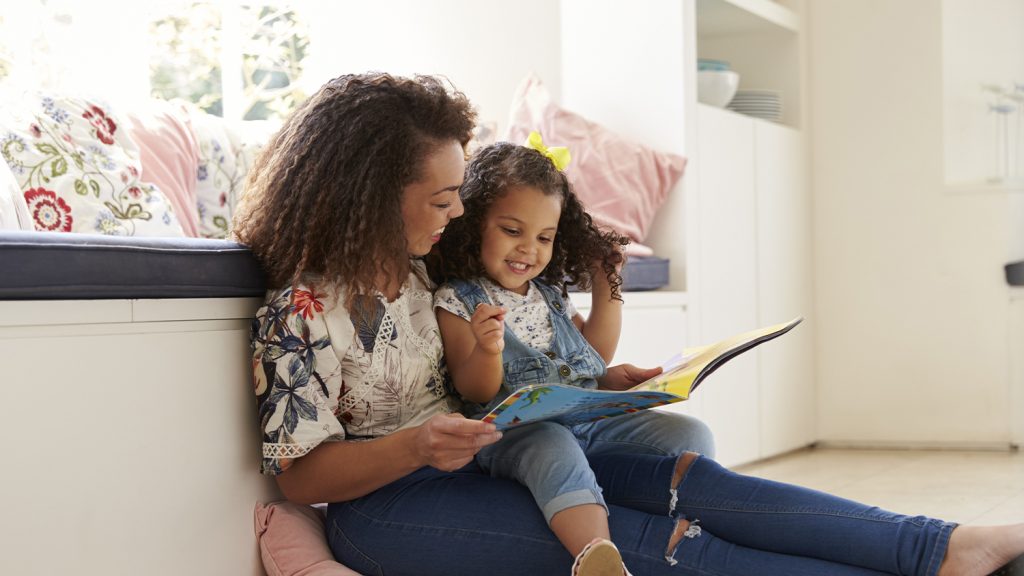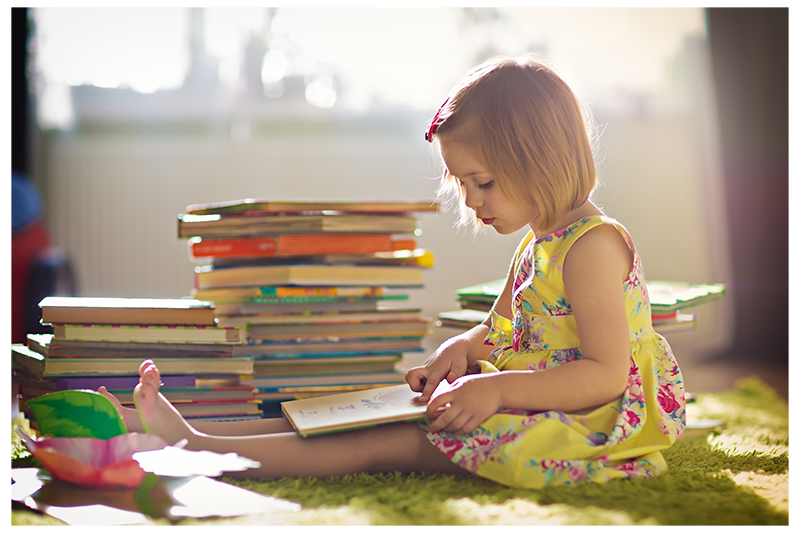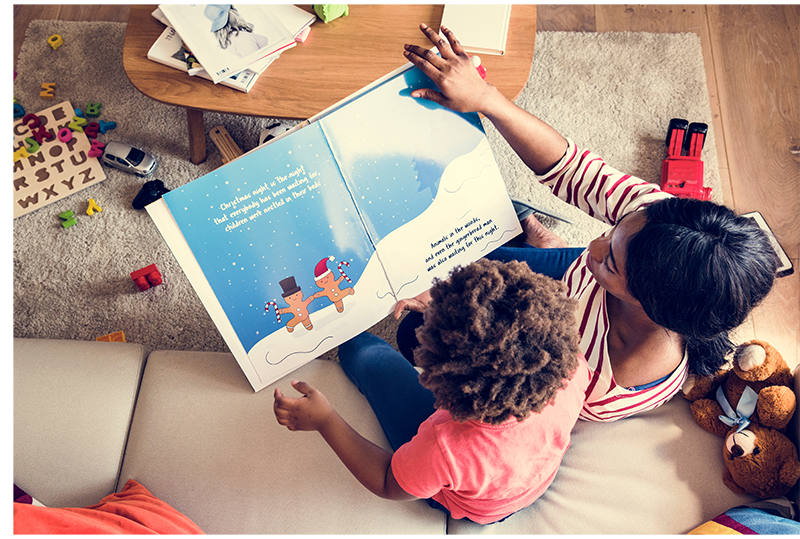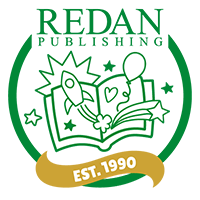
The Gift of Reading
I will always remember the day my friend posted a picture of her daughter reading a Roald Dahl book on Facebook. My heart sank. My daughter could barely read a sentence let alone pick up a book ‘without pictures’. Immediately I blamed myself. I mentally listed all the reasons that my daughter wasn’t doing this, and they were all my fault.
Reading is one of those areas we all get a bit worked up about. The truth is reading is a gift not a burden, here are a few tips for keeping it that way…
Reading together
Reading to your child is the most wonderful way to develop the love of books. Cuddling up with a book is both bonding and educational.
Whilst you are reading you are;
- developing your child’s vocabulary
- modelling how a book works, reading front to back and following text left to right (if your child is an early reader you might want to occasionally trace the text as you read with your finger).
- developing your child’s empathy and understanding of the world (discussing the text can help with this; talking about what will happen next, or how a character is feeling)
- demonstrating how books provide a world of information and grow our knowledge.
- modelling storytelling and structure (this will translate into their play and eventually their writing).
- nurturing a love of reading.
Books as everyday objects
 Children will access what is within their reach, so books should always be accessible. When my children were babies, they would have a pile of books in their cot while I did jobs. Still now, first thing in the morning and last thing at night my children are given a ‘pile of books’. This is a ritual they have come to love and is a welcome break from tech which can sometimes feel like it’s taking over our lives.
Children will access what is within their reach, so books should always be accessible. When my children were babies, they would have a pile of books in their cot while I did jobs. Still now, first thing in the morning and last thing at night my children are given a ‘pile of books’. This is a ritual they have come to love and is a welcome break from tech which can sometimes feel like it’s taking over our lives.
Words everywhere!
Our world is text rich. From a very young age I simply read everything I could see to my kids – signs, shop names, brand names on shoes, car names… It’s fascinating that from a very young age small people start to make the connection with symbols, sounds and words.
When they are ready?
I could bore you with theory but basically, it’s simple, follow their lead. My eldest was fascinated by letters so I started to simply tell her the sounds they made, and she quickly picked them up. My youngest didn’t start learning letters and sounds until preschool because she showed no interest at home whatsoever. Both can read now and are simply beautifully unique human beings. Remember ‘first’ does not mean ‘best’, your child will let you know when they are ready. Don’t rush them, it’s just as important to be able to understand what you’re reading as well as be able to read it.
Early reading
Even before children learn letter sounds it is massively beneficial if they can begin by enjoying ‘tuning in’ to sounds in the environment and ‘playing with sounds’. Go on a ‘sound walk’ have fun singing songs and rhymes, identify rhymes e.g. slug and bug and play with sounds which are the same e.g. bubbly bath, wiggly walk. Having fun with words is easier than you think – find your inner rap star!
As for the act of reading itself, it’s important that we understand that our kids are taught phonetically in pre-school and school, not ‘Letter names’. So, if your child shows interest you can tell them the sound a letter makes e.g. ‘sss’ not ‘ess’. Just to complicate matters different letter combinations make different sounds e.g. ‘sh’ and ‘ch’ and some words cannot be sounded out at all e.g. ‘the’.
Basically, keep it simple and whilst there are great resources to help with early reading be careful to check they reflect a phonetic system.
Keep it joyful!
 Over and over again in my career I have experienced children switched off from reading because they see it as a chore. This should never be the case. As your child gets older, regular practice is the key but if they become disengaged, back off. Revert to reading together and rekindle the love of books.
Over and over again in my career I have experienced children switched off from reading because they see it as a chore. This should never be the case. As your child gets older, regular practice is the key but if they become disengaged, back off. Revert to reading together and rekindle the love of books.
Reading is a gift – lets always keep it that way.
Images: © Shutterstock


